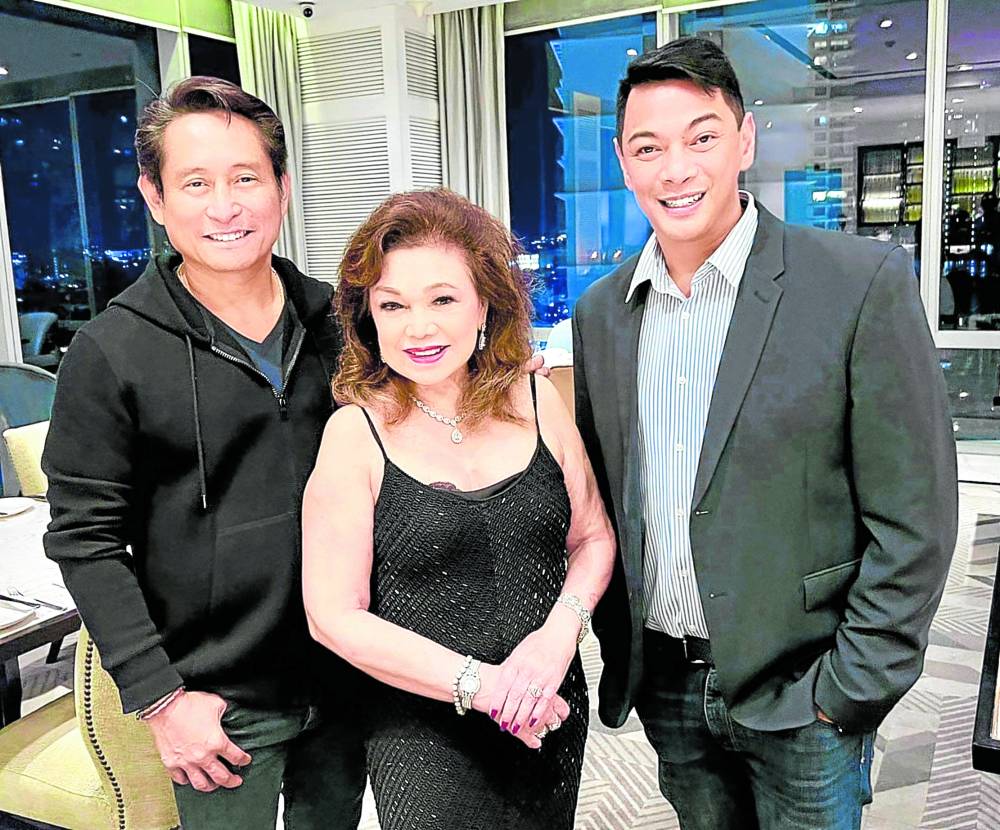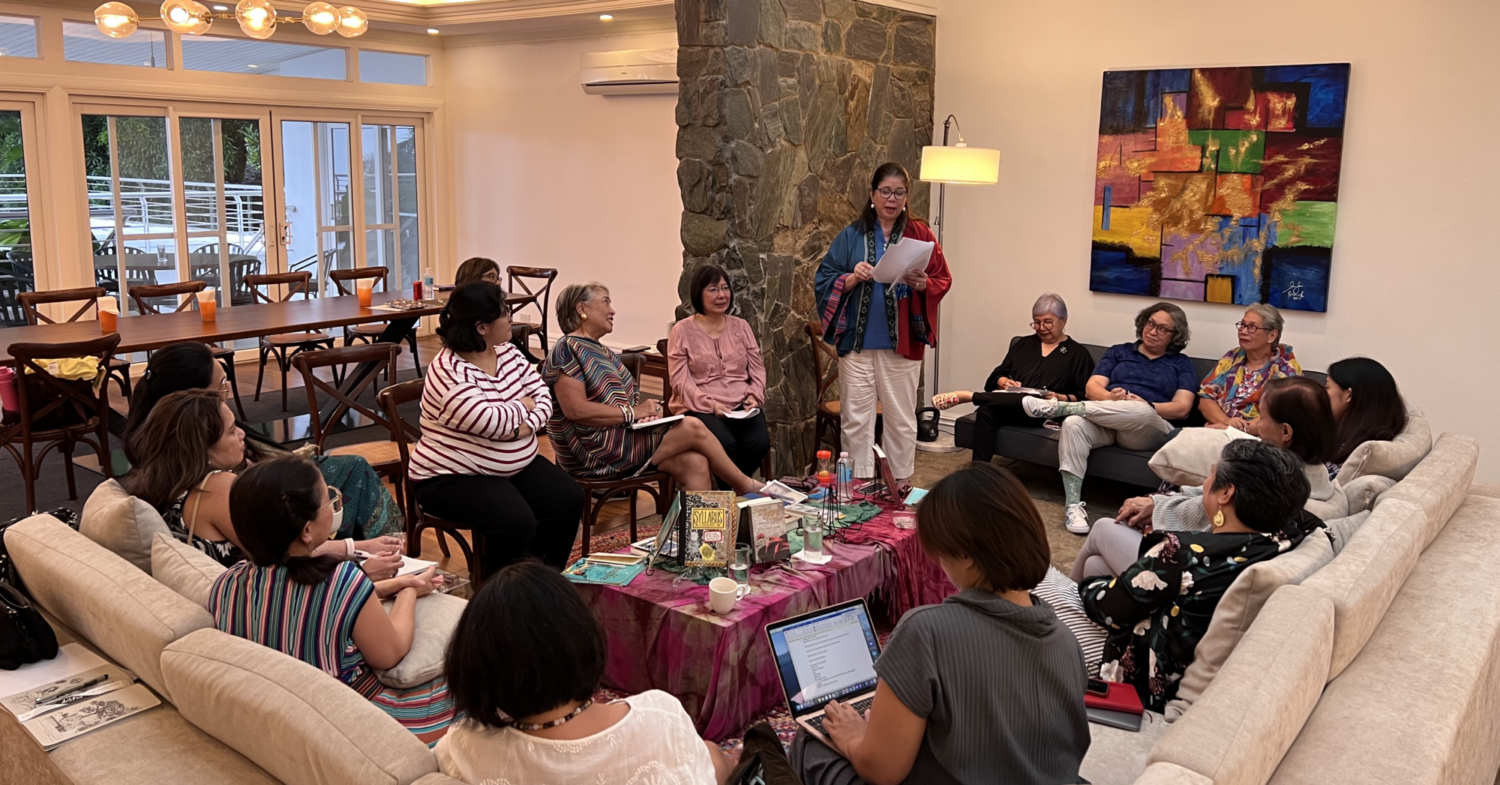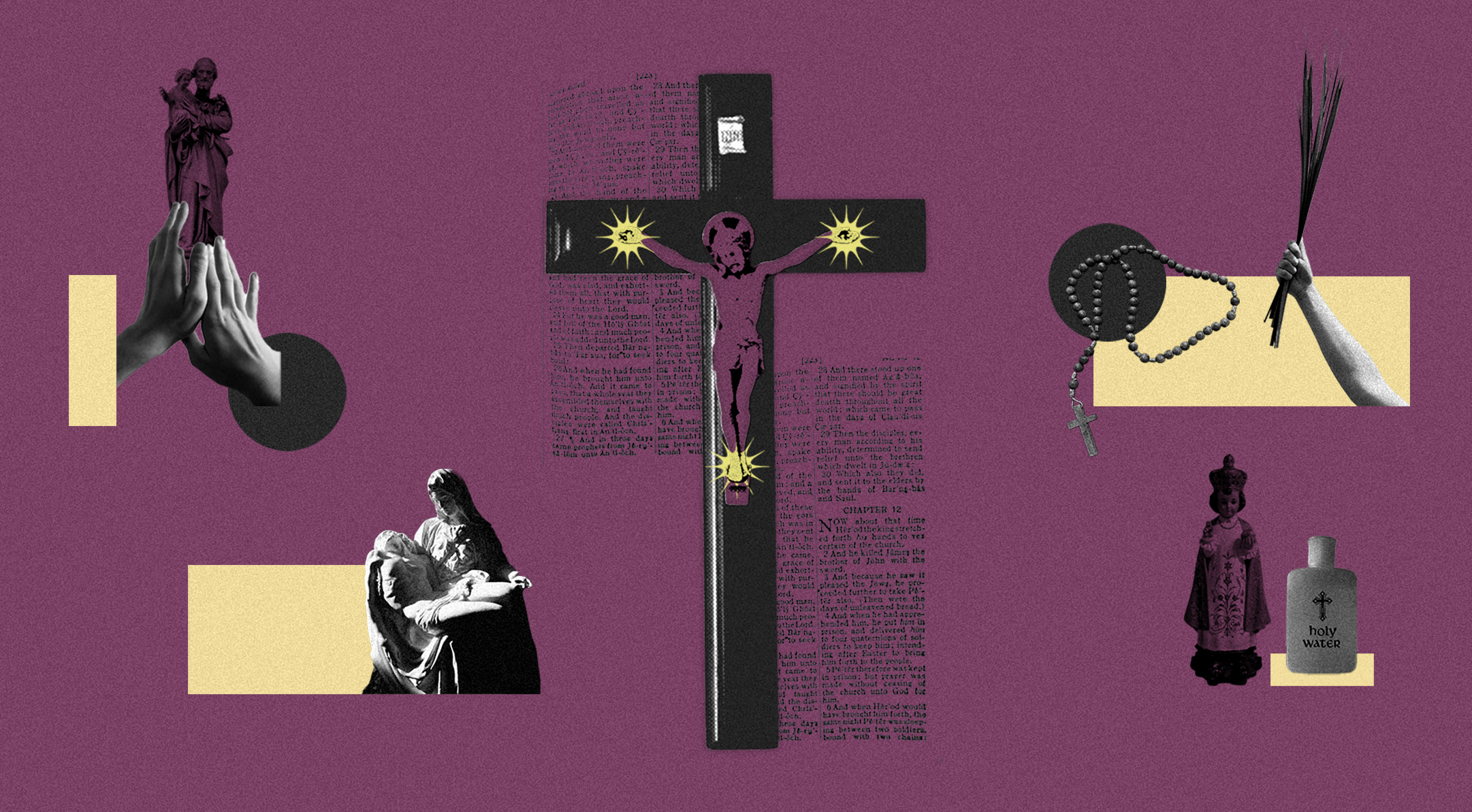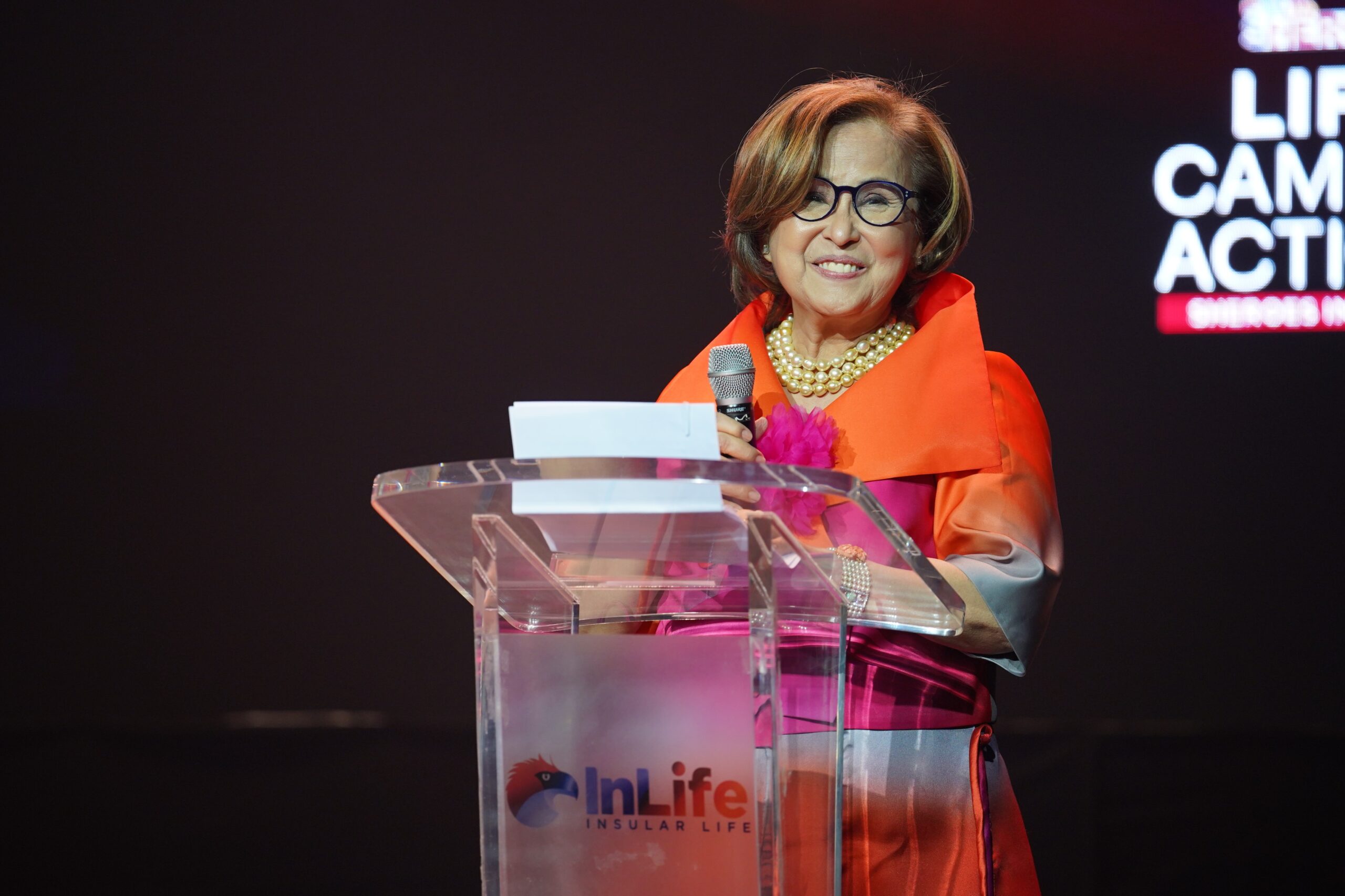
Television has been known to shape conversations about national identity. With that, Miguelito Sarmiento, a program creator/producer based in Western Europe, is playing provocateur with a magazine show that he hopes will shift discourses from K-drama and K-pop to Filipino heritage and popular culture.
Sarmiento laments the persistent banality of television. “No depth in content—at the moment, they are more like TikTok clips,” he says. “I wanted a show that would make people react and debate issues.”
“The Good Life” shakes up the lifestyle formula of luxuries and indulgences. In its premiere episode, society doyenne Rebecca “Becky” Garcia, program anchor, wanders around Dangwa flower market and proceeds to a lugawan for lunch.
Her co-anchor, lawyer/business executive Michael “Mike” Toledo, does man-on-the-street interviews with unexpected questions like, “Do you know Epifanio delos Santos?”
Plans are afoot to invite international stars and VIPs to participate in fun activities.
Each celebrity segment host and guest are presented in a different light. Beyond cuisine, chef patron Sau del Rosario, a rescuer of dogs, will handle a segment on bridging the gap between prospective “parents” and abandoned dogs.
Sarmiento elaborates: “I’d like to see social classes meet at crossroads. If I’m from Malabon and you’re from Dasmariñas Village, we might have okoy or kwek-kwek in an eatery near the estero or in Monumento. The rich and the hoi polloi are enjoying the same things. That’s the good life. You don’t need fancy brands to be happy. You just need to satisfy your soul.”
In a bid to bridge generations, Sarmiento plans to present boomers and Gen Xers not as dummies struggling with technology but playing with apps and computer games like younger digital natives. He is also likely to relent to TikTok clips but, he says, not the kind that glamorizes silliness. “The viewers should learn useful things from them.”
Producing a show that makes Filipinos think has long been Sarmiento’s dream. He worked his way up in news and public affairs shows produced by Alta Productions Group for GMA-7 and the then Citynet 27 cable television. He earned a bachelor’s degree in communications management at Columbia University and took postgraduate studies at Fordham University, both in New York. Equipped with crisis management skills, he developed a syllabus for international communications, which became a course at The Hague University in Netherlands.
Not all glamour
Sarmiento says his own good life became even better when he married into an influential Belgian family in the shipping industry. He currently shuttles between Antwerp and Marbella in Spain, where the warm people and climate helped him recover from a bout with thyroid cancer and Hodgkin lymphoma. In Europe, he is known as a philanthropist who helps raise funds for partner organizations.
He says he picked Garcia to anchor “The Good Life” because of her balanced views and personality. “Everybody likes her, except people who are inggit (envious). She’s not all glamour; she has depth. She is at ease with the masses.”
Garcia has had a prolific career as hotelier, magazine publisher, public relations consultant, events organizer and society columnist. In the 1990s, she lorded it over the dance floors when she introduced the lambada, a provocative dance from Brazil. She was dubbed “Dancing Queen” and her fame led to meeting international experts in ballroom dancing. She became responsible for professionalizing ballroom dance and developing dancers who brought home international awards. By the end of the decade, she was a household name as host of two TV dance shows.
Sarmiento lauds Garcia for getting up at 3 a.m. for the early shoot of the Dangwa segment, for which she was dressed up by Albert Andrada. She was accompanied by millennials—video director and TikTok influencer Raco Ruiz and comedian Justine Dave Jose.
“We are repackaging her as a beauty with a purpose,” the producer says. “She not all sosyalan. She is a person with authority, the ‘Tita ng Bayan’ who talks sense.”
Garcia knows just about everybody in Manila’s social circle and also circulates abroad. Parfums Salvador Dali CEO Jean-Pierre Grivory once took her to the premiere of a Sophia Loren movie, followed by an exclusive dinner. In 1990, she organized the Manila launch of Spanish French designer Paloma Picasso’s perfume. She has brought big foreign acts into the country as well, including Sérgio Mendes.
‘Mr. Suave’
Toledo is no stranger to klieg lights, having appeared in talk shows. He was press secretary and presidential spokesperson during Joseph Ejercito Estrada’s term. At press time, he is sorting out talk that he has been shortlisted for the same post again.
“I am one of several being considered,” he says. “I think I can help and still work in the private sector.” At the moment, he is still on board “The Good Life” because he believes in the concept.
“If there is any way we can share with all classes of society what is available out there, and how much success can be achieved if one works hard … that is a good thing to be part of. You can inform and inspire.”
Like his co-anchor, Toledo is coy about his age, rarely saying more than, “Young enough.” He and Sarmiento both worked in Citynet 27’s (GMA Network) news and public affairs in the late 1990s.
“As news co-anchor, Mike was ‘Mr. Suave’ for the ladies,” the producer recalls. “He registers really well on camera. If James Bond had a Bond girl, Becky has Mike.”
The intrepid Sarmiento admits that putting out his magazine show approximates a quixotic goal. “The Good Life” will air on GMA-7 in December. He says that now is the right time to introduce a new concept, when people are weary of the lack of variety on television.
“I did my research—people are hungry for fresh content as much as for throwback components. We want to do both, pass on nuggets of knowledge, but also nostalgia, to the younger generation. We can’t keep them focused on nonsensical 30-second video clips. It’s time to change. The challenge of Philippine TV now is to make Filipinos think again.” —CONTRIBUTED













































